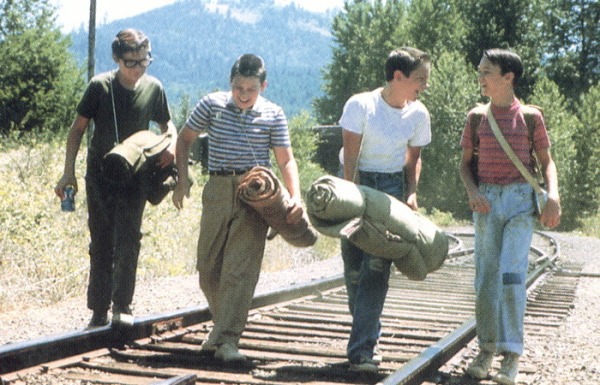
A coming of age is a young person’s transition from childhood to adulthood. The term coming of age is also used in reference to different media such as stories, songs, movies, etc. that have a young character or characters who, by the end of the story, have developed in some way, through the undertaking of responsibility, or by learning a lesson. A rite of passage is a ritual event that marks a person’s progress from one status to another.
Stand by Me is based on Stephen King’s novella The Body. The film is set in a small Oregon town during the last weekend of summer in 1959. The main characters are all twelve years old and they will begin high school after the long weekend. The boys head out on an adventure that helps them leave their boyhood days behind forever. They want to find the body of a young man that has been hit by a train after they overhear some older boys discussing where the body is. The boys want to find the body so that they can become heroes. Unfortunately, the town bully Ace and his gang are also determined to find the body, setting up the film’s climactic conclusion.
The story is told flashback style by narrator Richard Dreyfus who plays the adult, Gordie LaChance. Stand by Me is a beautifully told story of friendship, but it is also a coming of age story. The film is about the loss of innocence and each of the boys must confront and deal with a personal issues as part of their journey.
In keeping with other rite of passage stories, the journey is used as a metaphor to show how one event or sequence of events can change perceptions and lead someone down a different path than the one that they thought that they would go down. Stand By Me examines who we are and how we got to be that way, and who was a part of the journey.









